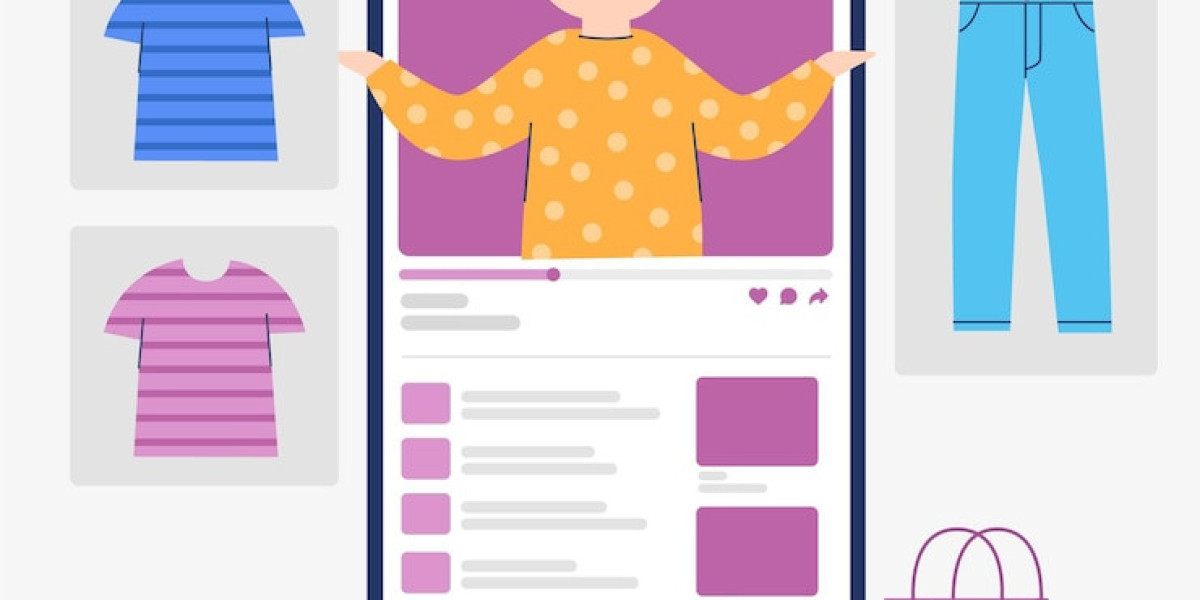Shein has become a global powerhouse in the fast-fashion industry, known for its affordable, trendy clothing and impressive digital presence. Behind Shein’s success lies an innovative business model that has disrupted traditional fashion supply chains. Here, we’ll examine the seven key features of the Shein business model that have propelled its growth and reshaped the way consumers approach online shopping.
A Data-Driven Approach to Trend Forecasting
Using Real-Time Data to Identify Trends
Shein stands out for its data-driven approach to understanding consumer demand. Unlike traditional retailers that rely on seasonal trend forecasts, Shein analyzes real-time data from various sources, including social media platforms, search trends, and customer browsing behavior. This enables them to spot emerging trends faster than most competitors.
Constant Market Research
Shein's strategy involves constant market research, gathering insights into what customers are looking for, and adjusting their inventory accordingly. By tracking trends closely, Shein stays ahead of the curve and quickly adjusts to new styles, giving it an edge in the competitive world of fashion.
Rapid Product Development and Production
Efficient Supply Chain Management
Another unique aspect of Shein’s business model is its agile supply chain. Traditional fashion brands usually plan months, while Shein can go from identifying a trend to launching a new product within a matter of weeks. This rapid product development allows Shein to respond swiftly to shifts in demand.
Small-Batch Production
Shein often produces items in small batches initially to test their popularity. If a product gains traction, more units are produced. This approach not only reduces the risk of excess inventory but also allows Shein to adapt to customer preferences more quickly, leading to a higher turnover of products.
Affordable Pricing and Cost-Efficient Operations
Leveraging Low Production Costs
Shein's low prices are a major draw for consumers. By working closely with manufacturers in China and controlling its supply chain, Shein can produce items at a fraction of the cost of traditional brands. Lower production costs allow the company to offer affordable pricing without sacrificing margins.
Direct-to-Consumer Sales Model
Shein’s direct-to-consumer (D2C) model cuts out intermediaries like wholesalers and distributors, reducing costs and allowing them to maintain control over pricing. This streamlined approach helps Shein pass savings onto consumers, making it one of the most affordable fast-fashion retailers in the market.
High Volume, Low Inventory Strategy
Reducing Waste with On-Demand Production
In contrast to traditional fashion brands that produce large quantities based on seasonal predictions, Shein focuses on a high volume of product options with low inventory levels. By producing on-demand and only stocking items that are selling well, Shein significantly reduces waste and minimizes unsold stock.
Testing Products Before Scaling
Shein’s model allows for a “test and learn” approach, where new products are first tested in small quantities. If a product proves popular, Shein quickly scales production. This minimizes financial risk and keeps inventory levels in check, while also creating a sense of urgency for consumers to buy items before they sell out.
Strong Online and Social Media Presence
Social Media Engagement
Shein’s success is heavily linked to its robust social media strategy. With a presence on platforms like Instagram, TikTok, and YouTube, Shein actively engages with its target audience through influencer collaborations, fashion hauls, and user-generated content. This approach creates a strong connection with Gen Z and millennial consumers.
Effective Use of Influencer Marketing
The brand leverages influencer marketing as a core part of its promotional strategy. By partnering with influencers across various platforms, Shein reaches a vast audience, builds credibility, and increases its visibility in the crowded online fashion space. Influencers showcase Shein’s products through try-on videos, hauls, and style tips, which boost engagement and drive sales.
Personalized Customer Experience
Customizing Product Recommendations
Shein utilizes AI-driven algorithms to create a personalized shopping experience. Shein’s website and app suggest relevant products to individual users based on past purchases, browsing history, and trends. This personalization helps guide customers towards items that align with their preferences, increasing the likelihood of conversion.
User-Friendly App and Website
Shein’s website and app are designed with user convenience in mind. The platform is easy to navigate, with a range of filters and categories that make it simple for customers to find exactly what they want. Combined with features like wishlist functionality and quick checkout, Shein enhances the overall shopping experience and encourages repeat visits.
Efficient Logistics and Global Reach
Optimized Global Logistics
Shein’s logistics infrastructure is optimized for efficiency. With distribution centers located in key regions worldwide, Shein can fulfill international orders quickly. This efficient system allows the brand to keep shipping costs low and deliver products to customers around the world within a reasonable timeframe.
Localized Marketing for Global Markets
To effectively target different markets, Shein uses localized marketing strategies that resonate with customers in specific regions. This includes tailoring its website and app for language preferences and cultural nuances, making the shopping experience feel personal and accessible to a global audience. By focusing on local trends and preferences, Shein effectively captures market share across various countries.
Conclusion
Shein’s model reshapes fast fashion by using data-driven insights, rapid production, and a direct-to-consumer approach to meet changing trends quickly. Its agile supply chain and personalized shopping experience make it a leader in affordable fashion. Partnering with an on-demand app development company can help entrepreneurs build a similarly responsive, customer-centric platform.
With a strong focus on innovation, Shein’s business model reflects a blend of technology, affordability, and customer-centric strategies that meet the needs of today’s global consumers. As a result, Shein has established itself as a formidable player in fast fashion, proving that the right combination of efficiency, engagement, and affordability can disrupt even the most competitive industries.



